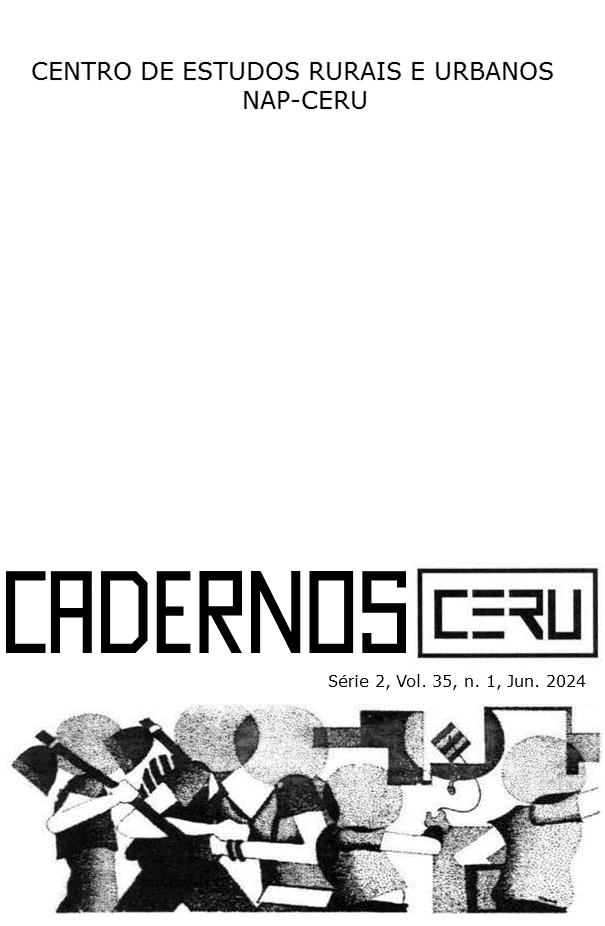Darcilla e Sandra, artesãs de “horizontes sem tamanhos”
DOI:
https://doi.org/10.11606/issn.2595-2536.v35i1p187-212Keywords:
oral history, women, migrants, social transformationAbstract
Inquiry through memory and oral history can update the past, revealing times, spaces, and experiences of socially marginalized and invisible people. The objective of this work is to present the trajectories of nun Darcilla and nun Sandra, with an emphasis on the story of the first, and to point out how their individual and collective actions contributed to the transformation of the meaning of history for people and social groups, especially women, who were plagued by the denial of rights. The research methodology is based on oral history. The nun Sandra worked with wives, sisters and daughters of migrant workers from Vale do Jequitinhonha-MG; the nun Darcilla, with families of landless rural workers and immigrants, in the North and Northeast of Brazil. The results indicate that, despite the patriarchal character of institutions that (re)produce discrimination and violence based on gender, ethnicity/race and class, both contributed to the construction of gaps and possible horizons for generating paid work, training leadership, and , above all, of recovering self-esteem for people who went from being subordinates and without a history, to being protagonists. We consider that the activation of memory, from the present, allows us to (re)visit the past, seek the genesis of the current reality, interpret it and inform possibilities for the future, placing the subjects discarded from it back at the center of history.
Downloads
Downloads
Published
Issue
Section
License

This work is licensed under a Creative Commons Attribution-NonCommercial-ShareAlike 4.0 International License.


